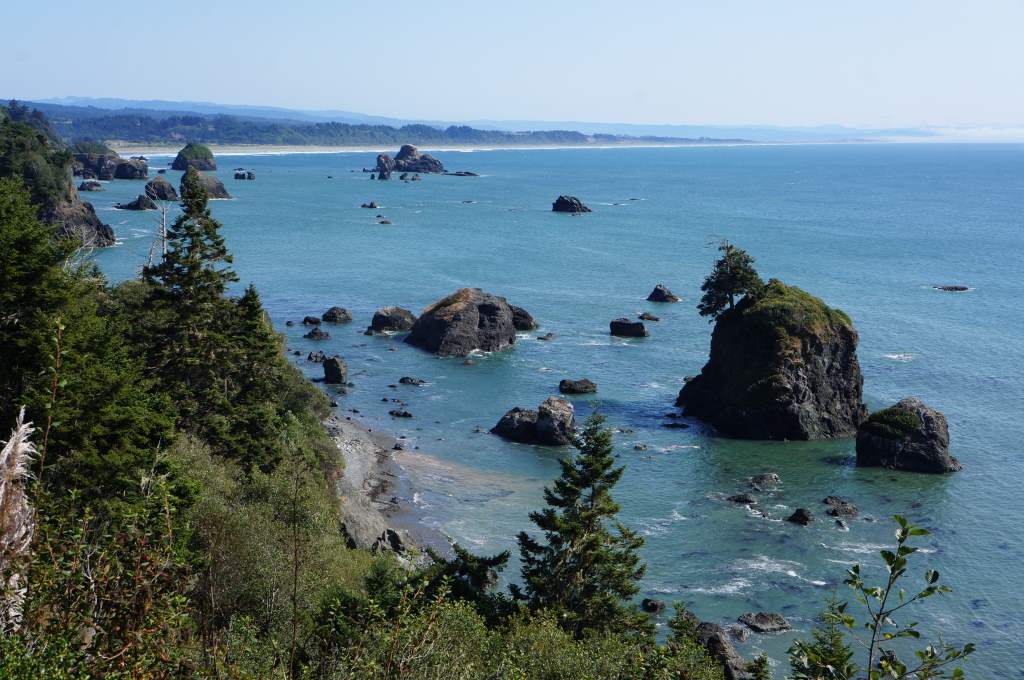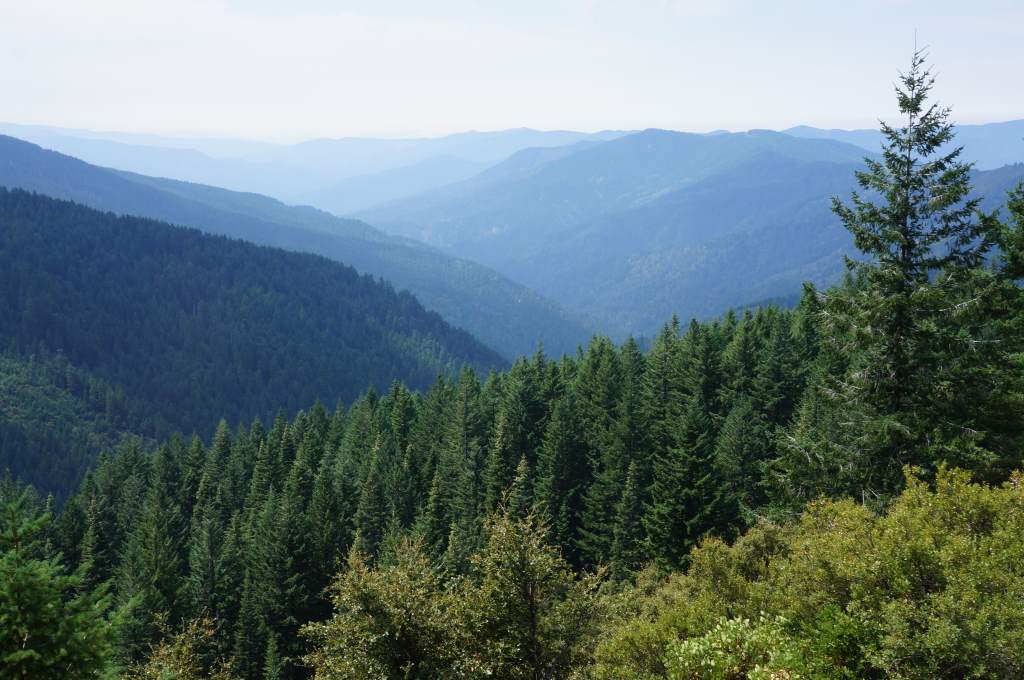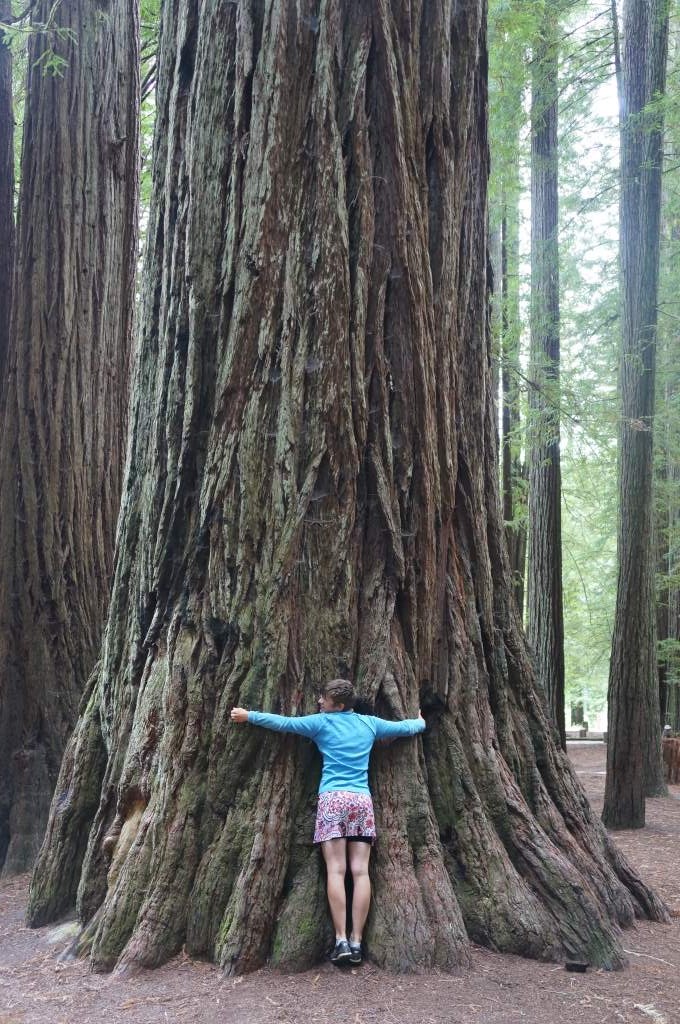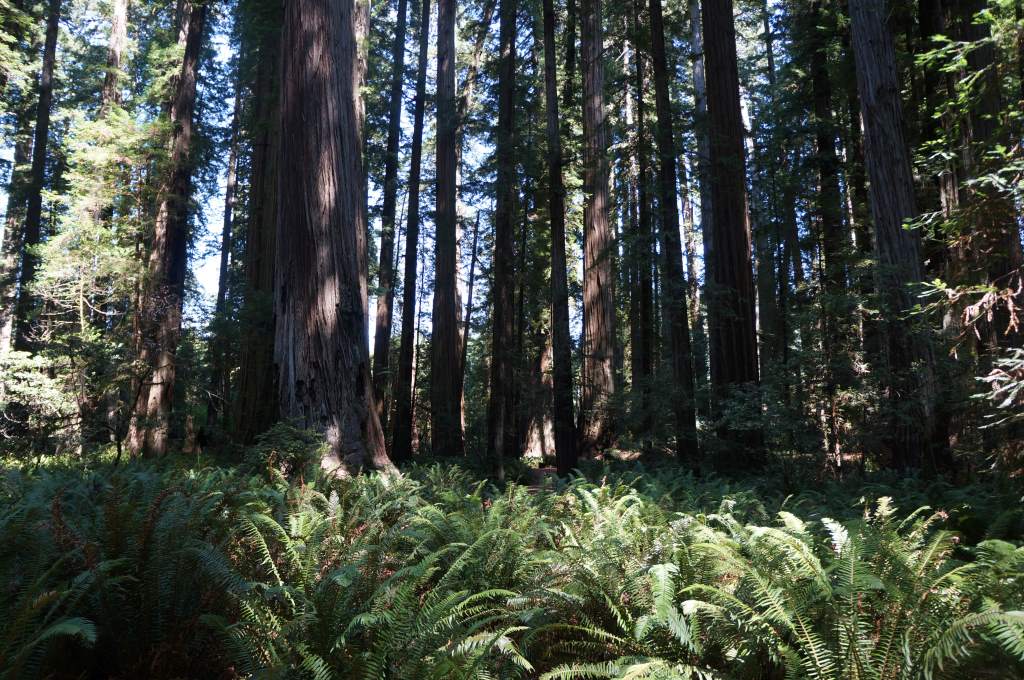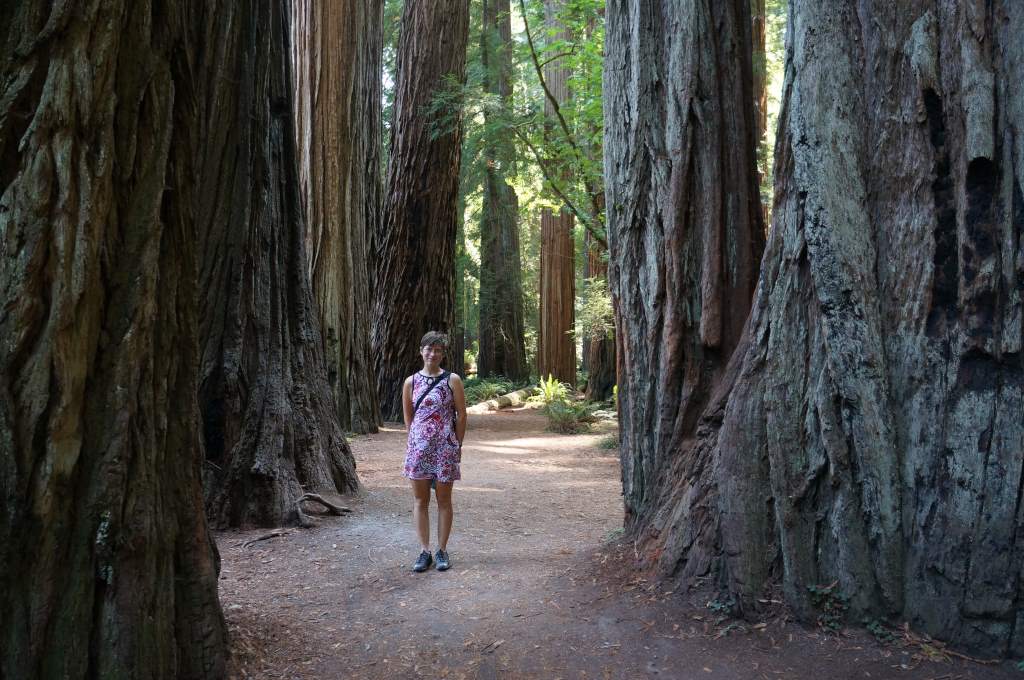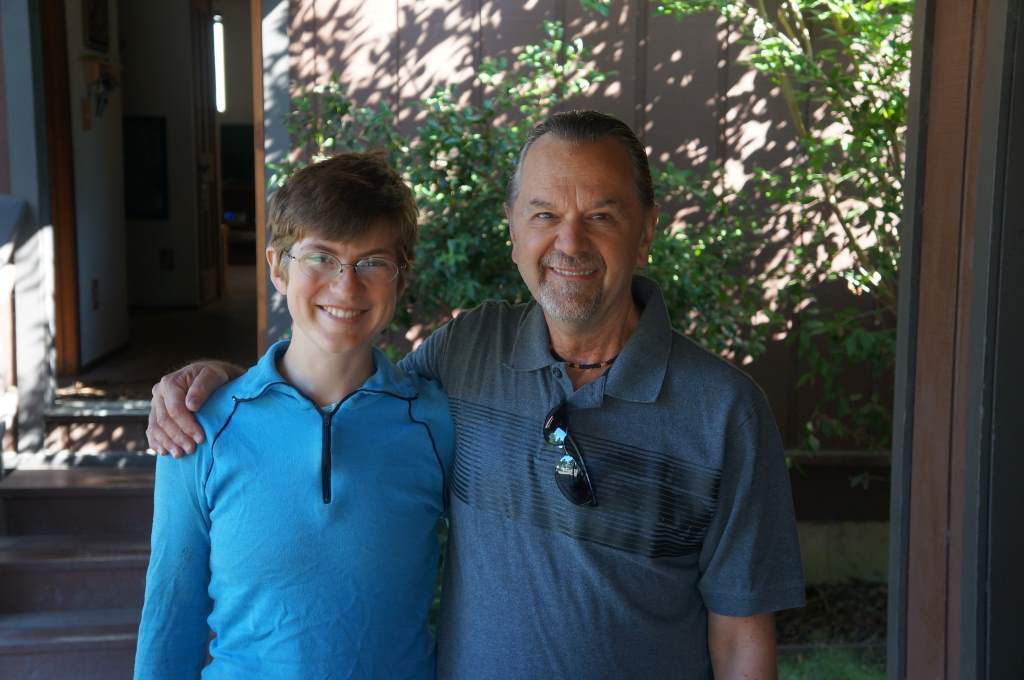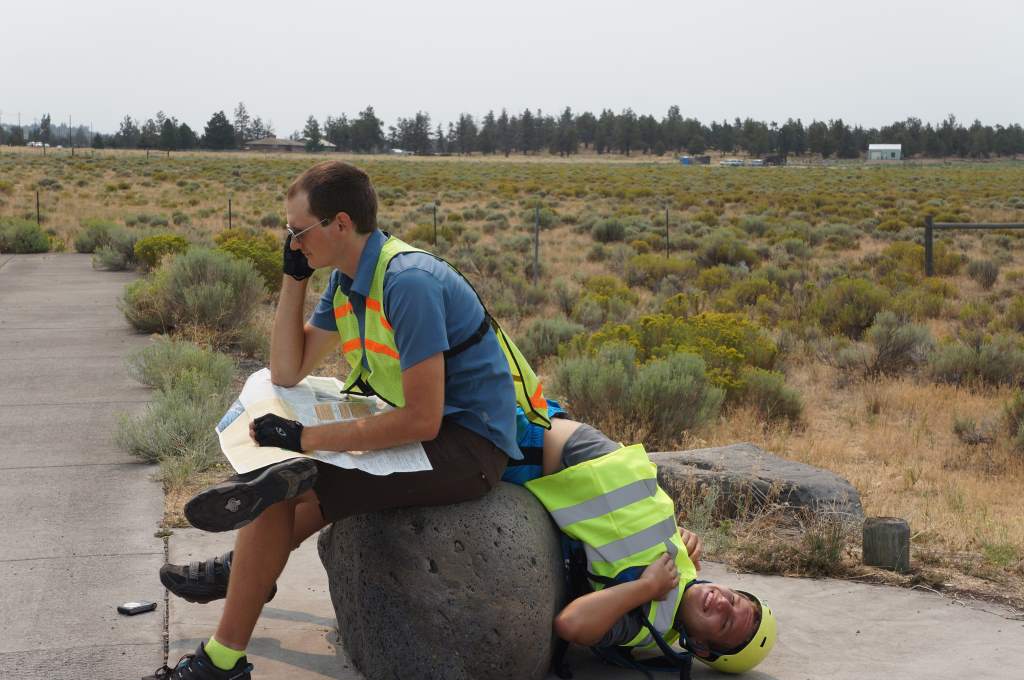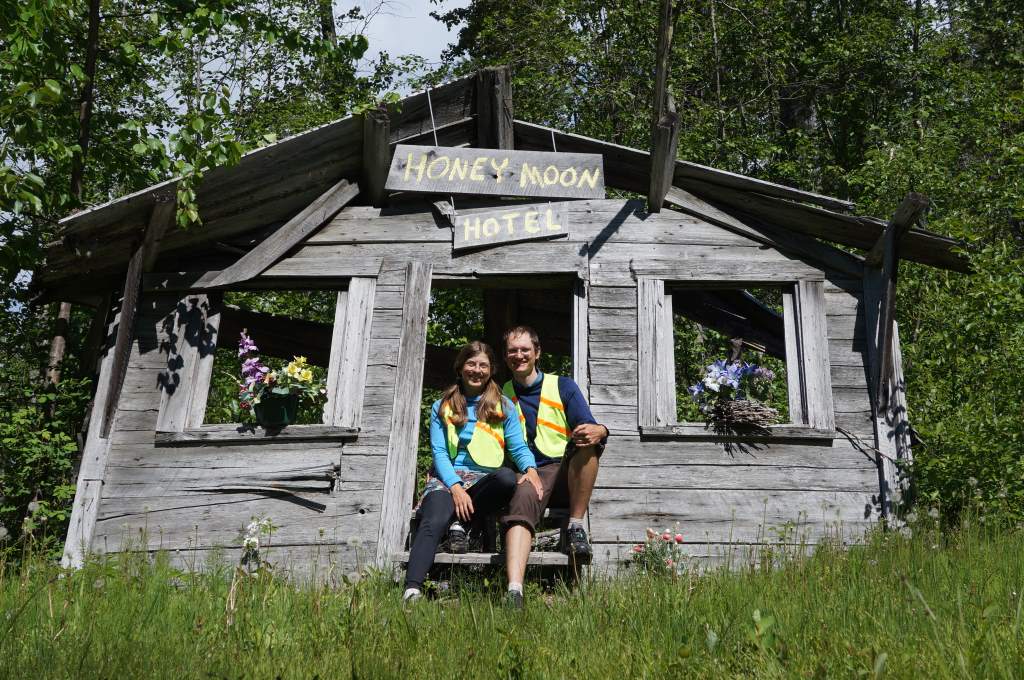I have had a bunch of wildflower photos waiting for me to post them, and it is finally time! My mother has spent several hours pouring over a book of wildflowers to bring you the names of these flowers, and a little info to go along. (Thanks, mom!!!!)
These photos are all from Canada – British Columbia and the Yukon. Daisy and I have since seen many of the same flowers on our path south, especially when we venture into higher elevation.

Watercresses (nasturtium officinale). These small (1/4”) flowers enjoy growing on the banks of cold water springs and streams.

Blue lupine (lupines perennis). Another Lupine! We have seen so many of these on our trip – probably because there are more than 200 species. They have hard round seeds eaten by quail and other game birds. Some species contain an alkaloid which is toxic.

Wild Columbine (aquilegia canadensis). The 5 petals stretch back into a spur, giving it a bird-like form. This inspired the common name “columbine” which means dove, and the scientific name “aquilegia” which is Latin for eagle.

Wild strawberry (fragaria virginiana). Yum! We found a couple small fruit, but obviously the size isn’t much like the cultivated variety. Apparently the strawberry is not a berry at all but the pulpy center of the flower and each of it’s apparent seeds is actually a complete one-seeded fruit!

Creamcups (platystemon californicus). The color of these flowers range from yellow to white. Botanists debate whether there are up to 60 species or only one with variations.

Marsh Cinquefoil (potentilla palustris). This flower is found in wet meadows and swamps. Although “cinquefoil” means 5-leaf, and many are, they can vary from 3 to 15 or more.

Fringepod (thysanocarpus curvipes). This flower is in the mustard family and the long stalk matches the dry mountain grasslands it grows alongside. The tiny white flowers sure are pretty!

Golden Aster (chrysopsis villosa). This flower has been very prolific along hillsides and the road shoulder. The flowerhead is composed of two kinds of florets. In the center are tubular florets. Around the outside are ray flowers that look more like petals than blossoms although each is a separate floret with five petals of its own fused into a flat surface. (OK, that got a little technical – but it is a pretty cool flower!)
